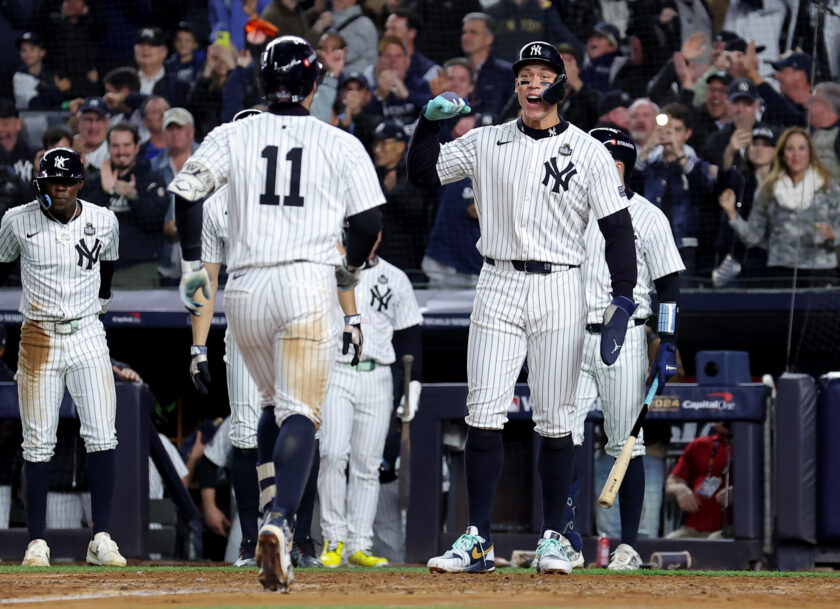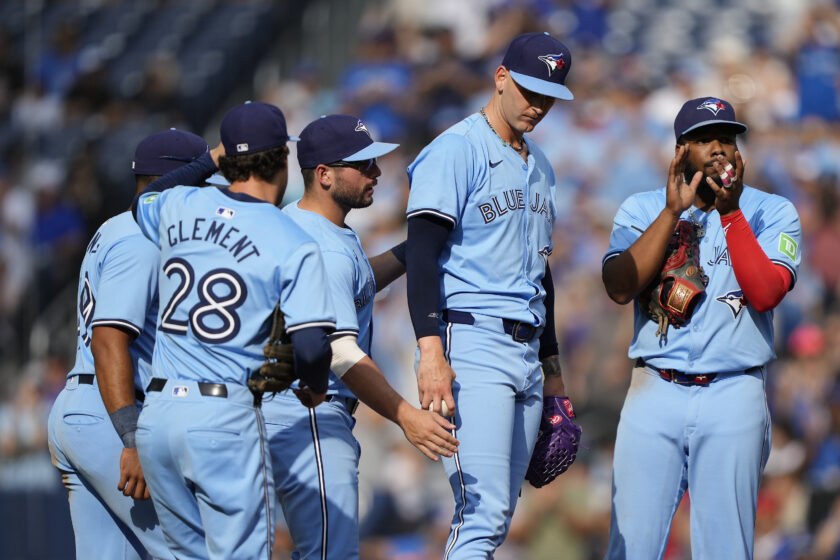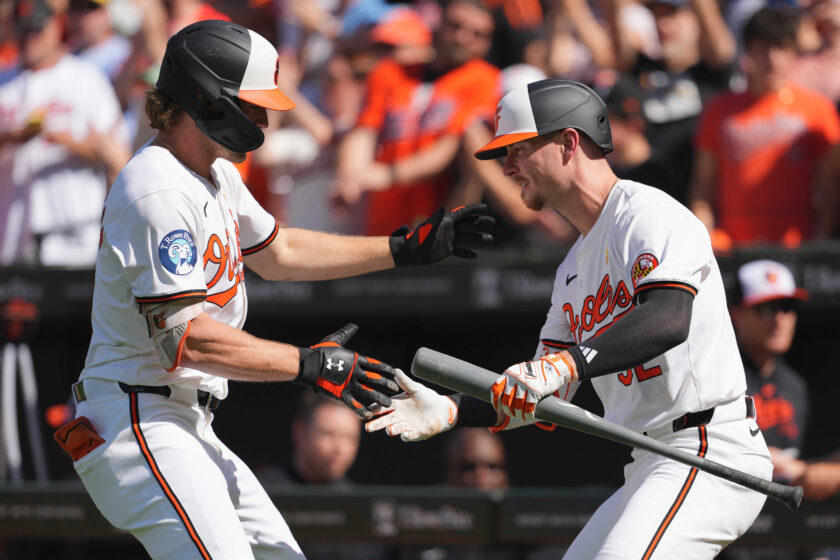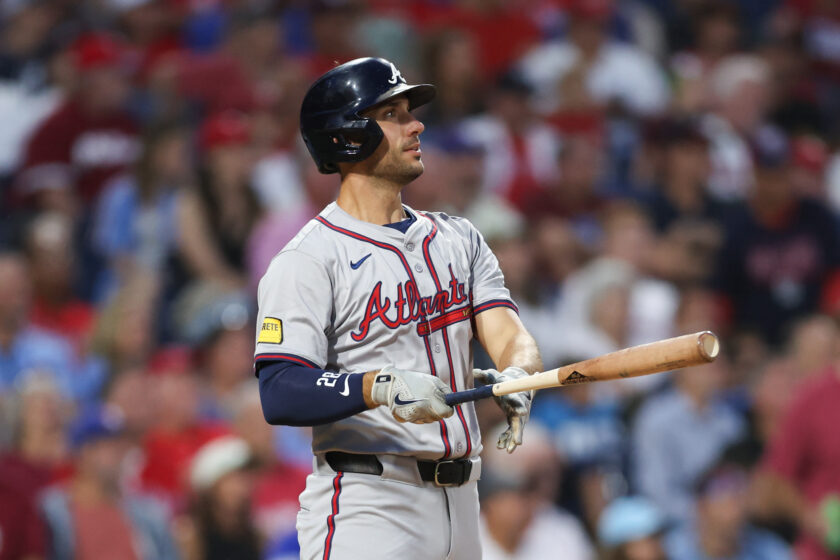Washington Nationals Will Be Glad Jason Heyward Did Not Pick Them
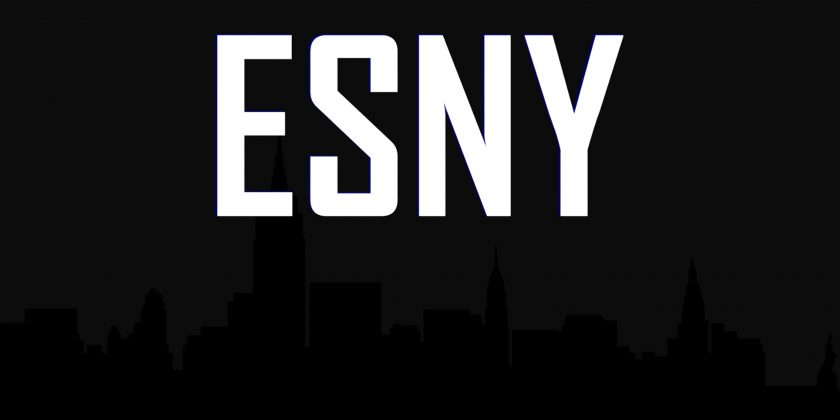
The Washington Nationals were among the finalists for outfielder Jason Heyward, however they have another player to focus on re-signing.
By William Chase
 The Chicago Cubs have won the Jason Heyward sweepstakes.
The Chicago Cubs have won the Jason Heyward sweepstakes.
As of Thursday night it appeared the Washington Nationals may have emerged as a favorite to land the outfielder. Of the three teams said to be in the running for his services—Chicago Cubs, St. Louis Cardinals, Washington Nationals—the Nationals made the least sense.
The #Cubs strike again, agree with deal with free-agent OF Jason Heyward DETAILS: https://t.co/WG79wdS5JK
— FOX Sports: MLB (@MLBONFOX) December 11, 2015
While the Cubs have reportedly snagged Heyward for eight years, $184 million, the Nats were said to be offering as much as $200 million. They dodged a bullet.
For one thing: Is Heyward really a $200 million player?
J-Hey is coming off a very good season (.293, 13 HR, 60 RBI, .359 .OBP). He was arguably the best St. Louis Cardinal in 2015, posting a 6.5 WAR. His defense is gold glove worthy. But for $200 million?
Heyward is 26-years-old, an age seen in which most players begin to fully enter their prime seasons. He would have been a decisive upgrade over last year’s Michael Taylor in center field (.229, 14 HR, 64 RBI), or would he?
Heyward has the edge in fielding, but Taylor had more home runs and RBI. Taylor had a 0.0 WAR, 0.5 defensively—Heyward 2.0 defensively. Heyward typically falls between 13 and 18 home runs, with a career high 27 homers and 82 RBI coming in 2012 with the Atlanta Braves.
By signing with the Cubs for 8 years, 184 million, Heyward is the first outfielder to make at least $100 million without ever driving in, or scoring, at least 100 runs in a single season. While Washington does have a need for a lefty bat, who can leadoff and play center, it’s a move that they should not overpay for.
That’s exactly what they would have been doing had he agreed to an offer that may have been for at least $200 million.
Hear, too, that heyward is said to have a $200M offer. More likely to be from nats or cards than cubs. Could be 4th team tho. — Jon Heyman (@JonHeymanCBS) December 10, 2015
Jayson Werth was a signing for the Nationals that cost $126 million for seven years prior to the 2011 season. That number was seen as outrageous then, and he has struggled with injuries since.
Of course that doesn’t mean the same will be said for Heyward, but enormous contracts are always a gamble. It is a risk for the Cubs. However, the signing does make sense for them.
Much like Werth to the Nats as they entered their foreseeable “championship window” in 2011, the Heyward to Chicago move signifies that the club is going for it. If the team can win a title, and Heyward is an instrumental part of it, it almost doesn’t even matter what happens afterward.
Chicago Cubs’ skipper Joe Maddon will use Heyward as the go-to center fielder, but can also use him in right field and almost anywhere in the lineup, including lead-off. He’s a better hitter and fielder than Dexter Fowler (.250 BA, .346 OBP, 2.2 WAR, -1.0 DWAR).
Another aspect to consider is the reported television deal come 2020, when the Cubs may just have their own station in which they will reap millions in profits.
As Carrie Muskat of MLB.com mentions, Heyward is 28-90 at Wrigely Field—that’s a .311 batting average—”with four home runs, five doubles and 13 RBIs in 25 games.”
The Cubs’ core is in tact. The only player on the team that still figures for a huge payday soon is newfound-ace Jake Arrieta, who increased his worth considerably following his 2015 Cy Young campaign. While the Cubs don’t appear to be in a hurry to get that signing done today, maybe Jake takes a pay-cut, or maybe they’re just waiting to see how his 2016 season goes for an encore.
In today’s market, and utilizing the art of sabermetrics, Heyward is being valued above the traditional stat lines—average, home runs, RBI—and Wins Above Replacement is among the figures teams are valuing more and more. His WAR alone suggests he’s in the same category of players including Paul Goldschmidt, Mike Trout, 2015 MVP Josh Donaldson, and Adrian Beltre, all who finished just above heyward in WAR the last two seasons.

It’s the defensive part of the game in which Heyward especially excels, while also boosting a dangerous bat. It’s why Washington was considering him. However as a man being paid like Prince Fielder, he sure hits like, well Michael Taylor? Maybe in 2015.
Jason has a fantastic bat and has shown that through the course of his career going back to 2010. Taylor had his first full season last year, and only had a .282 on-base through 138 games. Heyward, through 154, had a .359 OBP. J-Hey is a career .268 hitter.
SI’s Tom Verducci scoured the Winter Meetings this past week in Nashville, talking with managers and decision makers around the game, anonymously, for their take on the outfielder. Opinions wavered, but taking into account different ballparks and age, he is considered an impact player. Just not enough to be paid like an elite player.
Whether for $184 million, or for north of $200 million, it certainly stands to reason that Heyward is being paid to be an elite player. The contract is said to carry with it two opt-out clauses, one for after year three and the second unknown. Theo Epstein knows what he’s doing. If Heyward were to opt-out of either one, the Cubs could let him walk.
$184 million is a lot of money, but it’s the intangibles of the situation that are priceless.
Jason, like any free agent taking less to sign with team such as the Cubs, knows what’s at stake, as far as playing for a prohibitive Worlds Series favorite, but also for a chance to win it all with the Cubs. The option to opt-out, should Heyward decide to exercise it, may be a blessing in disguise.
While many around baseball like Heyward, there are quirks about him that may leave questions; his batting stance among those to raise eyebrows. Per Verducci:
“He sets up as if he were hitting in a phone booth, with his hands tight to his body and his elbows in. He has almost no load with his hands, opens his front hip early, prefers to get his hands away from his body and spins so hard on his front foot that sometimes the outside of his ankle hits the ground. Heyward is much better hitting pitches down and away than pitches in and pitches up. He clubs at the ball more than he swings at it.”
This was one reason another manager feared that a club could sign him and he doesn’t hit. Other managers agreed with the sentiment that the swing has its flaws—Heyward adjusted his stance in-season in which he had a neutral stance, bat flat, and no re-gripping of the bat when the pitcher threw.
As Verducci points out, he went back to the open stance, bat upright, but stayed away from re-gripping of the bat. Others pointed out he was not a fastball hitter, more of a complimentary hitter, and not a middle-of-the order hitter.
So had the Washington Nationals been able sign him, Heyward would have fit their team as a superior center fielder. He would have been a nice complimentary bat to go with Jayson Werth, Ryan Zimmerman and Bryce Harper. He also has some speed—86 career swipes in 113 tries—but where do you bat him if not the middle? More importantly what would signing Heyward have meant for Bryce Harper when he’s a free agent after 2018?
Represented by ‘super agent’ Scott Boras, an agent who maximizes the earning potential of his clients and whom rarely stay with their club without testing the market, you wonder what kind of dollars are heading Harper’s way.
At 23-years-old Bryce put together an MVP-campaign (.330 BA, 42 HR, 99 RBI, .460 OPB) and remember, the Nationals missed the playoffs. They put $212 million into ace Max Scherzer last offseason. Injuries killed the team; just imagine where they would have been without those two. Harper, among the youngest MVPs in history, led the majors in WAR at 9.9.
Since 2011, Jason Heyward ranks 38th among MLB outfielders (minimum 1,500 PAs) with a .769 OPS. Fifth in WAR at 24.8. — Jerry Crasnick (@jcrasnick) December 11, 2015
When teams sign players, the price escalates. Jordan Zimmerman is getting $110 million from the Detroit Tigers. For his career, which started in 2009 with the Washington Nationals, Zimmermann is 70-50, 3.32 ERA. He set a career high for wins in 2013 (19) and his best season ERA-wise was 2014 at 2.66. Last year he was a full run higher. He consistently stays on the field, and topped 200 innings for the second time in his career in 2015.
New San Francisco Giants starter Jeff Samardzija will make $90 million for the next five years. He has a career record of 47-61, with a 4.09 ERA. Never mind he has largely pitched on miserable teams. He has the ability to go toe-to-toe opposite top starters across MLB, and can put together dominant stretches.
For the Chicago White Sox last season, though a bumpy season, he settled in during the summer months, going 6-3 May through July. He had a 3.00 ERA in May, and 2.27 for July. Samardzija went at least seven innings every start but two during that three month stretch, and kept his team in games over the course of the season more often than not. He should thrive back in the National League.
Those $100 million contracts used to be considered ace-type money. Now it’s simply the going rate for very good starters. Of course these pitchers getting the kind of money they are just ups the modern-day record setting bids we see now.
Clayton Kershaw’s $215 million set the bar in 2014. Scherzer and Zack Greinke both make north of $200 million, and of course David Price making a record $217 million for seven years. We know how great Price is, but teams would like to think they’re paying premium money for premium starts.
The Boston Red Sox gave Price $217 million for seven years, expecting him to pitch well into October. He doesn’t, as he’s just 2-7 lifetime in the playoffs, a gaudy 5.12 ERA to boot. Two of those wins are in relief, and while Price has sprinkled together a few solid postseason starts, a team expects more when they pony up $200 million for anybody.
When it comes to baseball, and the trends of the game itself that play out on the field, I am a big believer that the game should police itself. Keep the commissioner out of the way from changing rules—the fallout from the Buster Posey catcher interference rule could have been worse—and let teams figure out how to defeat the ever-changing aspects of the game, such as the shift.
When ‘Money Ball’ became the new secret for success across Major League Baseball, particularly the smaller market teams looking to exploit flaws in the current financial structure of the game, it allowed teams, such as Billy Beane’s 2002 Oakland Athletics to replace key players for a fraction of the price.
Beane looked beyond the traditional stat lines of home runs, batting average, and the ‘big names’ those were associated with. No one had heard of WAR, at least it wasn’t among the commonly used lingo thrown around like it is today. The paradigm has since shifted.
Teams today widely use analytics, arguably using too much information and getting away from the simple roots and fundamentals of the sport. While teams in 2002 paid for 40 home runs, 120 RBI, and made do with a lack of defense, Billy Beane was only focused on replacing that power through multiple players. On-base percentage was his main goal to pay for.
Now teams are overvaluing when it comes to sabermetrics, a philosophy Beane simply used as a way to discover the players no one wanted to begin with.
A big contract for a player is a domino. When one falls, so do the rest. Giancarlo Stanton’s $325 million contract with the Miami Marlins signed prior to the 2015 season is by far the richest in baseball history. What on earth will Bryce Harper’s look like when we see today’s players getting paid like the elite?
Be glad that this time Washington, the pretty girl decided to go with the other guy to the prom. It wouldn’t have been worth it for you. The clock is ticking, and Bryce Harper is waiting. Will you show him the money?
Next: New York Yankees Will Regret Trading Adam Warren
William Chase is editor at Elite Sports NY, and has been featured on such prominent websites including Bleacher Report. William is also currently the Marketing & Media Relations Intern for the Augusta GreenJackets.

